With the creation of department stores in the mid-to-late 19th century came a complete transformation of how individuals purchased goods. According to National Women’s History Museum (NWHM), these super stores were developed to both invite and accommodate women, factoring in women’s needs and interests, to develop an unforgettable customer experience females would crave more of.
And they did! NWHM compares department stores to dream worlds. In an article on their website, they note, “Displays were full of light and color. They had concerts. They had childcare. They had post offices.” Food was another key factor, with many stores offering both lunch rooms and fancier restaurants to their patrons.
Since then, the shopping experience has completely transformed. Gender targeting is mostly a thing of the past, and men are even beginning to dominate in-store shopping. A First Insight report suggests that “Men are more likely than women to shop six or more times a month across most traditional retail channels including mass department stores, specialty stores, luxury stores, off-price stores, and even Walmart.”
So, what key components of those early department stores still drive positive customer experience, even if they may not even register consciously anymore? Consider these 5 CX game changers the next time you complete your shopping in-store.
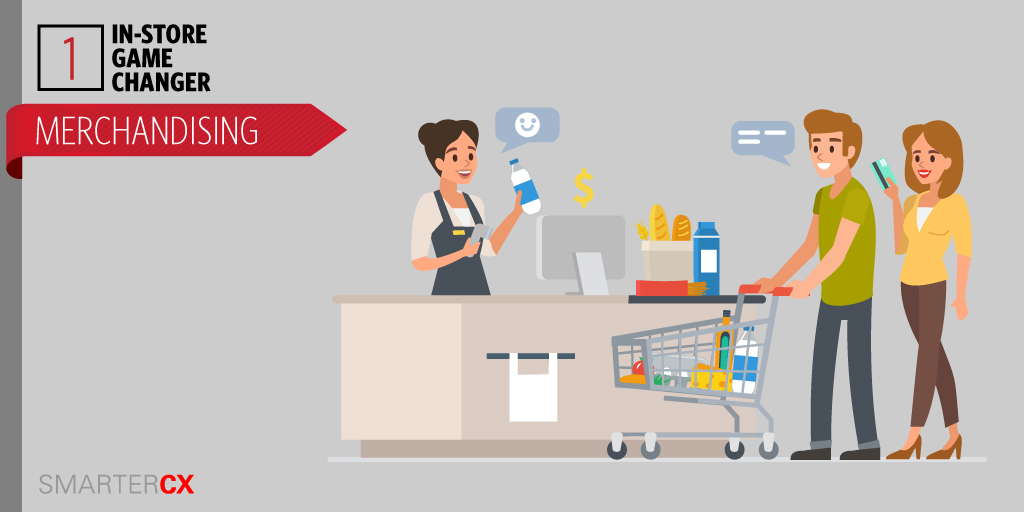 Merchandising
Merchandising
Try to imagine an in-store retail experience, particularly at a big box, department, or clothing store, in which there were no mannequins set up to showcase the merchandise. These lifelike — and often headless or faceless — bodies help consumers visualize how clothing and accessories could look on them. They’ve been around since the early days of the department stores, and even much further back in history. Collectors Weekly reports, “When archaeologists opened King Tutankhamen’s tomb in 1922, they found a wooden torso bearing the king’s likeness near a chest containing the young pharaoh’s wardrobe, considered the oldest-known forerunner to modern mannequins.” Modeled after the dress form, mannequins were used by throughout time by seamstresses and milliners to show off completed projects or works-in-progress.
Nowadays, mannequins allow stores to highlight new inventory, while also improving customer experience by showing consumers how to dress an outfit and mix patterns, without having to undress themselves in store.
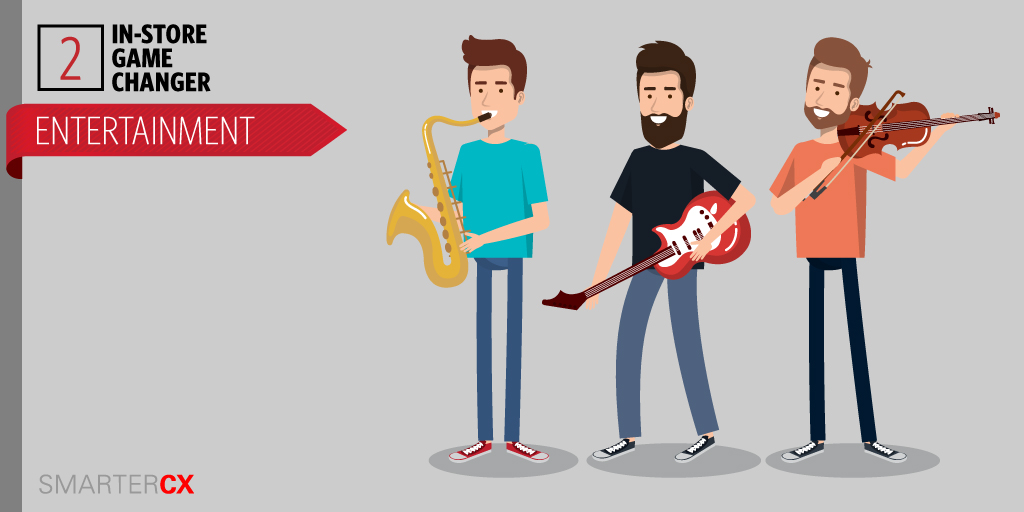 Entertainment
Entertainment
While mannequins allow consumers to visualize outfits, there are other types of merchandising methods radically transforming how customers shop, making it an interactive experience. Walmart’s Toy Lab, where children were invited to test out the newest toys before adding them to their holiday wish lists, is an example of one of the newest customer experience game changers.
“Retailtainment” has ties all the way back to the creation of window displays during the rise of department-store shopping. These decorative displays were curated to spark consumers’ interests, highlighting specific items and encouraging browsers to buy.
In the book The Urge to Splurge: A Social History of Shopping, Laura Byrne Paquet discusses the history of window shopping, mentioning how Macy’s was one of the first storefronts to embrace the storytelling aspect of advertising by creating tableaux based on popular stories, and in later years, using steam power to show the merchandise moving, which felt magical and unheard-of at the time.
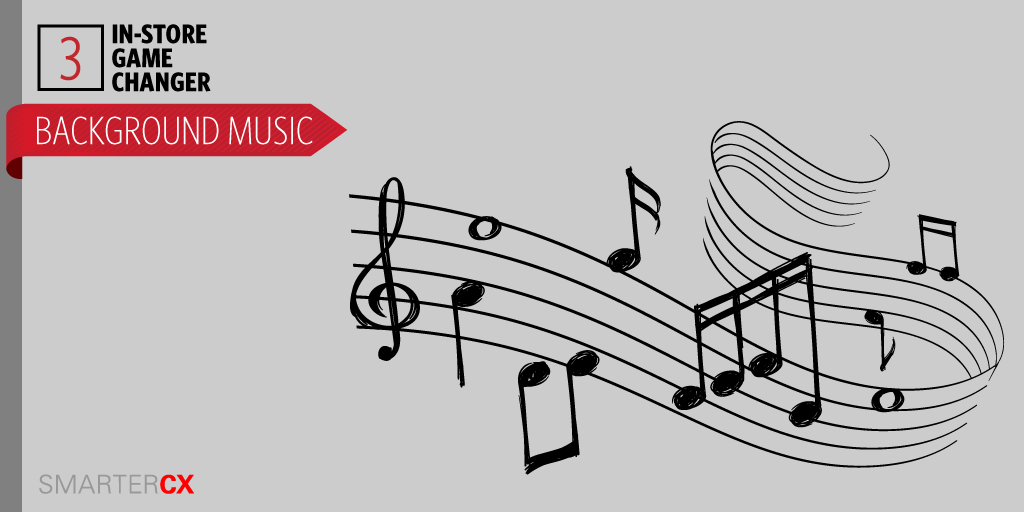 Background music
Background music
Music in stores plays a large huge role in boosting happiness — and sales. In addition, the choice in music also helps with brand identity, based on what best suits the target audience. In an article for MPR News, Target spokesperson Kristy Welker says, “It’s all about activating all the senses while guests are in the store. Guests enjoy it as part of the shopping experience.”
According to Mental Floss, Army General, “Major General George O. Squier, served as the Army’s Chief Signal Officer during World War I, and in the early 1920s he perfected a method for transmitting music across electrical wires.” In 1934, he went on to found his own company, Musak, and instead of competing with the radio which also began to transmit music, he targeted his background-noise music to shops, restaurants, hotels, and office buildings as a means to calm consumers.
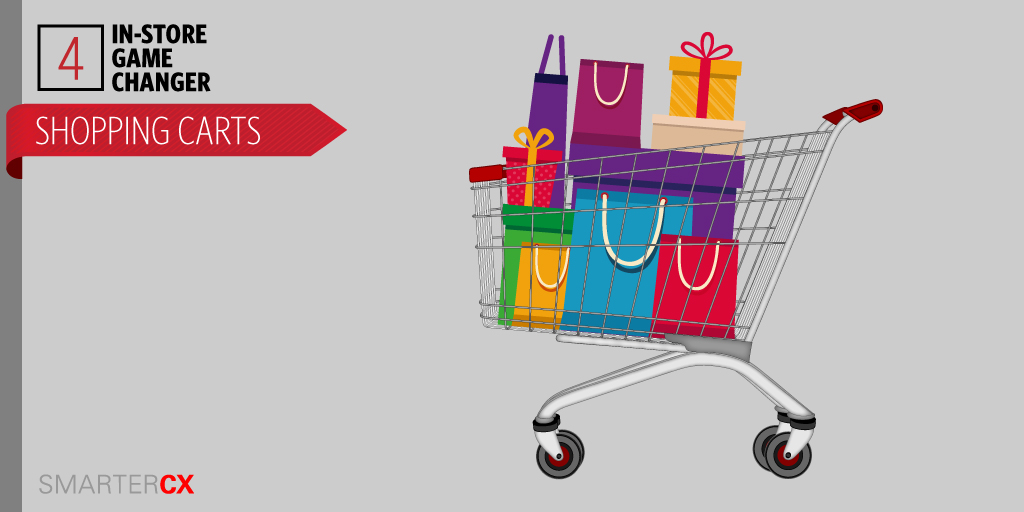 Shopping carts
Shopping carts
How many trips to the grocery store do you think you’d make each week if shopping carts weren’t invented? You’d likely waste a lot of time going back and forth. Once of the most overlooked CX game changers, shopping carts — also known as carriages, buggies, or wagons — make consumers’ errands easier in all types of retail stores. So, who invented them?
Historically, grocery stores provided customers with wooden or wire baskets to hold the items they planned on purchasing, but this method limited the amount they could buy in one trip. In 1936, Sylvan Goldman, owner of Standard/Piggly Wiggly located Oklahoma City, racked his brain on ways to keep his customers in the store longer, with the hopes they’d spend more, too.
Using a wooden folding chair as inspiration, Goldman designed a model cart with wheels under the legs that could hold one basket above the “seat” and one below. However, the invention wasn’t as popular as he expected, and according to a Mental Floss article, “[Goldman] hired attractive men and women to push carts around inside the store and pretend to shop. When real customers came through the doors and refused the cart, the young woman at the entrance looked back into the store and said, ‘Why? Everyone else is using them.’” A spark of idea and a moment of peer pressure lead to the creation of something that would continue to improve customer experience more than 70 years later.
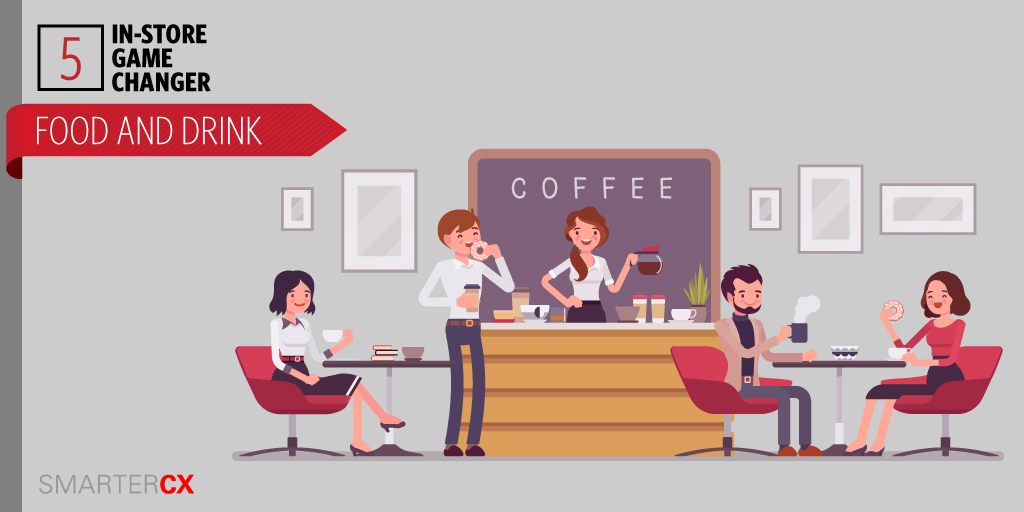 Food and drink
Food and drink
In the past decade, consumers have focused on repaying debt, instead of increasing it, threatening overall retail sales. So what can retailers do to drive in traffic, while also making the experience something consumers want — crave even? With a nod back to the lunch rooms and restaurants of yonder years, smart brands introduced snack stations or even full-though-smaller-scaled restaurants in their stores.
“Even with budgetary constraints, people still want to have an out-of-home treat experience,” says Robert Carter, executive director of food and fashion trends at NPD Group, a market research company, in a Global News article. “They view going to a Starbucks as that treat-based occasion.” Which is why, when Target and Starbucks announced in 2002 that they were growing their partnership to include a Starbucks in all new Target stores in the US, they added a new dimension of enjoyment for both brands’ loyal consumers.
Though a lot has changed since the early days of department stores, in-store experiences are making a comeback, thanks to new technology like augmented reality mirrors or even smartphone “wallet” payments. In the future, this new tech might even be as ubiquitous as these in-store game changers!
Post Views: 418

